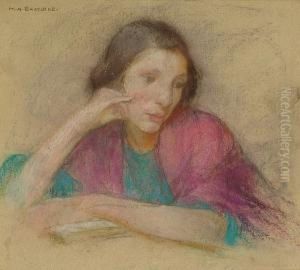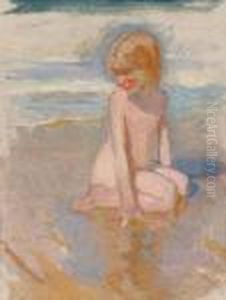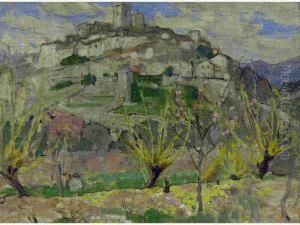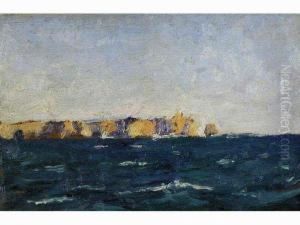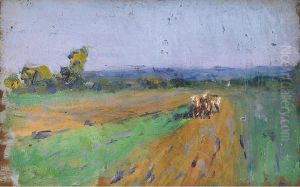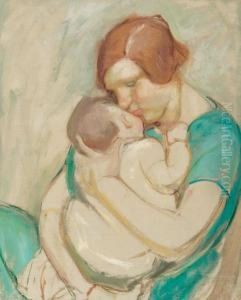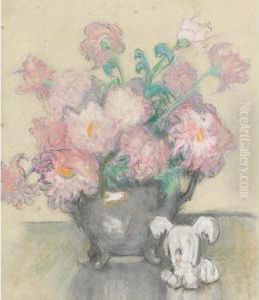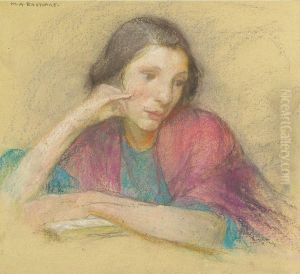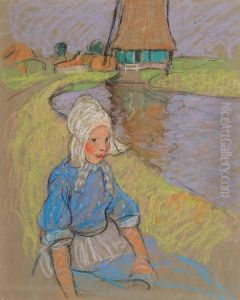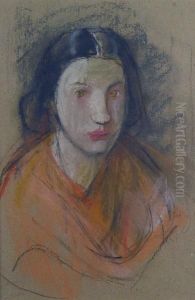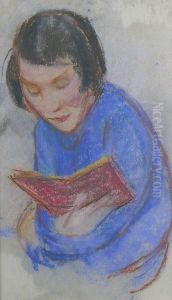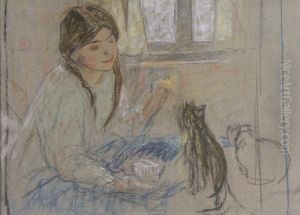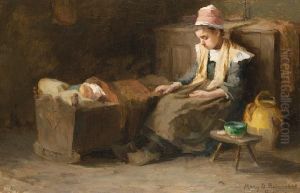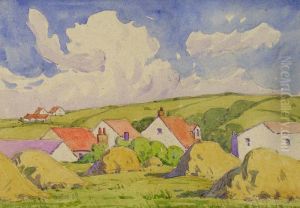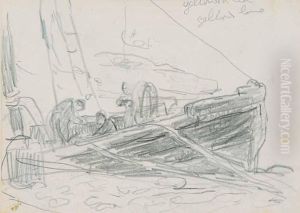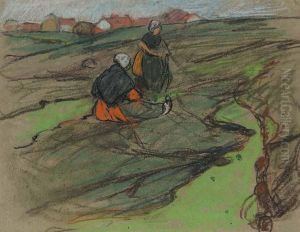Mary Alexandra Bell Eastlake Paintings
Mary Alexandra Bell Eastlake, born in 1809, was a notable figure in the 19th-century British art world, though not as widely recognized today as some of her contemporaries. Daughter of a lawyer, she grew up in an environment that encouraged her intellectual and artistic pursuits. Her education was comprehensive, embracing both the arts and the sciences, which was somewhat unusual for women of her time. Mary showed early promise in drawing and painting, but her career took a distinctive path influenced by her marriage to Charles Lock Eastlake, a prominent painter and the first director of the National Gallery, London.
Throughout her life, Mary Eastlake was deeply involved in the artistic community, contributing not only through her own artistic endeavors but also through her role as a critic and writer. She was a keen observer of the art scene, and her writings, including essays and reviews, provided insightful commentary on the works of contemporary artists and the workings of the art institutions of her day. Her marriage to Charles Lock Eastlake positioned her at the heart of the British art establishment, allowing her to wield considerable influence behind the scenes.
Mary's contributions to the art world extended beyond her written work. She was instrumental in her husband's efforts to reform the National Gallery, advocating for professional standards in the preservation and display of artworks. Her keen eye and sharp intellect made her an invaluable advisor in the acquisition of paintings, and she played a significant role in shaping the Gallery's collection, although her contributions have often been overshadowed by her husband's more public achievements.
After her husband's death in 1865, Mary Eastlake continued to be an active figure in the art world. She remained a respected critic and writer, her work helping to shape public perceptions of art and artists. Throughout her life, she championed the cause of professional recognition for artists and the importance of art education, themes that were ahead of their time and would resonate in the art world long after her death in 1898.
Mary Alexandra Bell Eastlake's legacy is a testament to her intellect, taste, and commitment to the arts. While her name may not be as familiar as some of her contemporaries, her influence on the British art world of the 19th century was profound. Her writings continue to offer valuable insights into the art and culture of her era, serving as a reminder of the critical role she played in the development of the British art scene.
